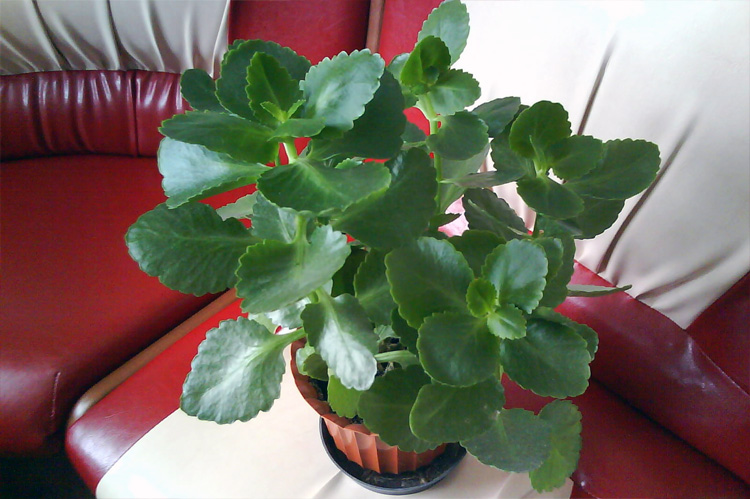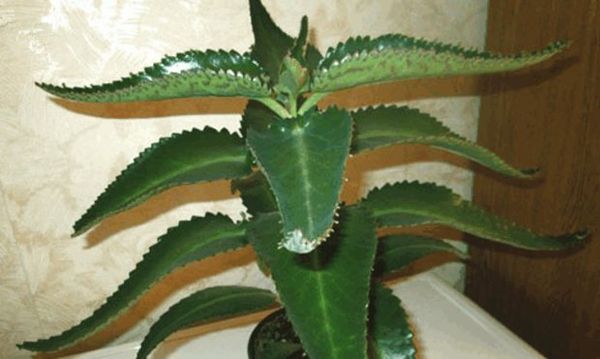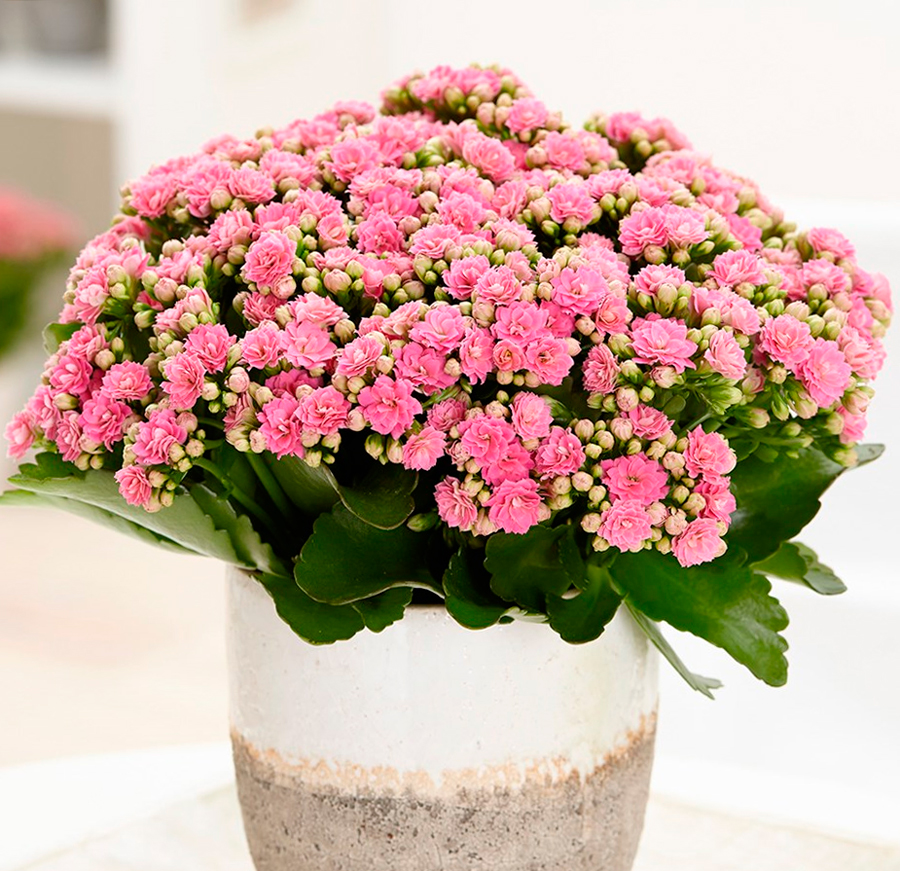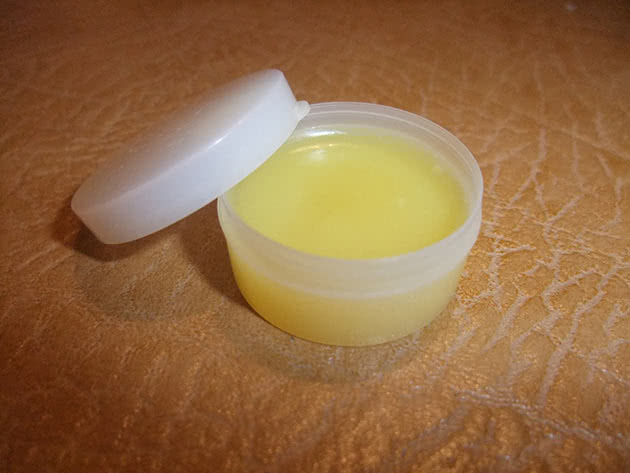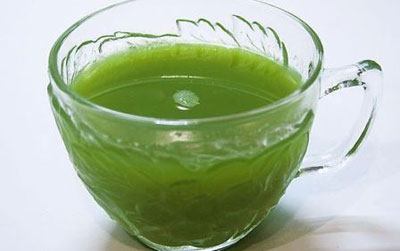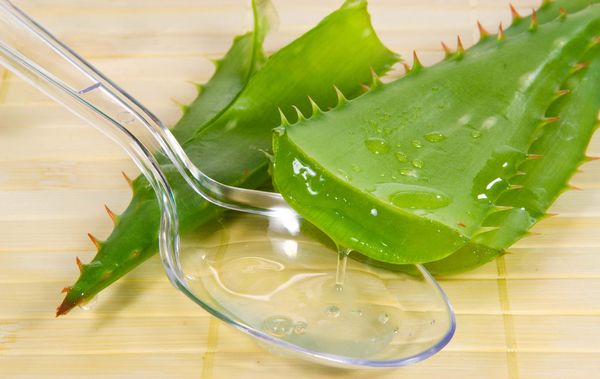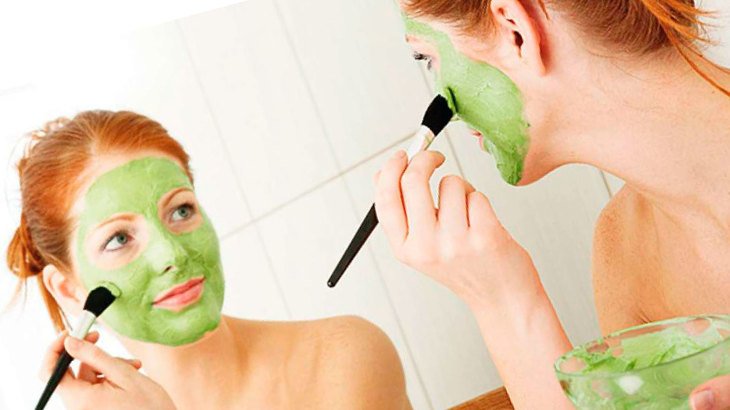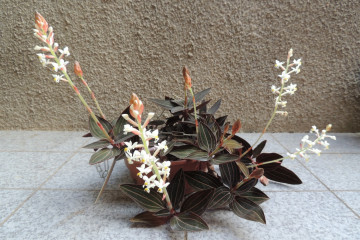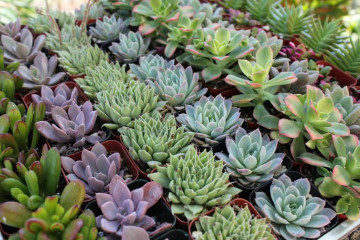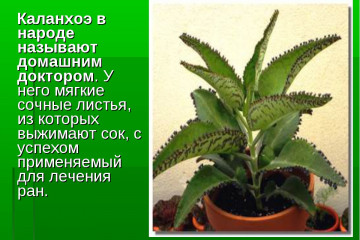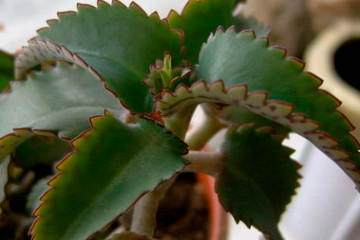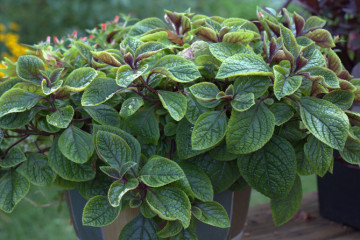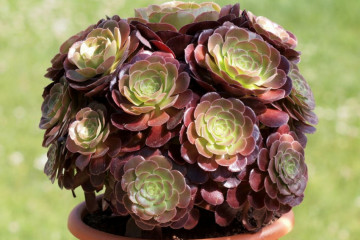Kalanchoe medicinal: the main types and options how to use
Content:
Kalanchoe is a medicinal plant, unpretentious, easy to care for. It came to European latitudes from Africa and the Canary Islands. It tends to accumulate water, which contributes to survival in conditions of its shortage. The stem can grow over one meter in height. Propagates through leaves. It begins to bloom in winter, bright pink flowers appear. Kalanchoe does not like excess moisture, despite its tropical origin. It is watered so that the soil is moist, but not wet, and so that no water remains in the pot.
The family doctor, or Kalanchoe doctor, as the flower is often called, is a very useful houseplant. It does not require special care, and the benefits from it are more than enough.
What does a medicinal Kalanchoe look like?
The most common indoor types:
- Kalanchoe Degremona. Reaches a height of 100 cm. It has triangular leaves, loves the sun;
- Kalanchoe Blossfeld. This species produces flowers. A more decorative variety than the one described above. Stem length up to 30 cm. Leaves are round, flowers are collected in a bunch. The variety prefers a shady location.
Healing properties of Kalanchoe
The plant has watery leaves rich in sap. They contain active substances for which Kalanchoe is so valued. It is the juice that is used for medicinal purposes. In particular, the leaves of the plant contain enzymes and organic acids, as well as flavonoids - special substances that affect the tone of the heart muscle.
One leaf of the plant contains:
- vitamin C and P;
- tannins;
- flavonoids;
- mineral salts;
- a variety of macro and microelements (copper, manganese, calcium, aluminum, potassium);
- organic acids, etc .;
- polysaccharides;
- silicon;
- iron;
- magnesium.
These trace minerals promote healing and soothe irritation and inflammation. Thanks to them, you can heal burns, wounds and frostbite.
Kalanchoe also purifies the air and disinfects it. That is why it is useful to keep it in homes where allergy sufferers live. In addition, it fights the flu virus and other infections.
Kalanchoe is used in gynecology (during childbirth, during restorative operations). In dentistry, it helps to cure putrefactive bleeding.
In cosmetology, its juice is used to remove dark circles under the eyes, to heal small wounds after operations, and cracks. For problem skin, rubbing a few drops of juice into irritated areas (acne, inflammation, eczema) helps.
Kalanchoe juice is used in many areas. In particular, in:
- surgery, including plastic. Acceleration of the regeneration of skin properties, cleansing of wounds from pathogenic organisms, as well as a local anesthetic effect is observed from the sap of the plant;
- ophthalmology. In this area, Kalanchoe is used for diseases of the cornea, keratitis, etc .;
- dentistry.This plant is good for stomatitis, gingivitis, periodontal disease, etc.
Kalanchoe has the following properties:
- antiseptic;
- anti-inflammatory;
- healing;
- bactericidal.
What does Kalanchoe treat from?
What Kalanchoe treats is a common question on the Web. Here is a short list of diseases for which this representative of the flora helps:
- rhinitis;
- colds;
- inflammation of the mucous membrane of the nose and sinuses;
- healing of wounds and burns, the juice has regenerative properties;
- bleeding;
- diseases of the digestive system.
How to treat Kalanchoe for adults
The Kalanchoe plant is actively used in folk medicine as a cure for many diseases. It can be compared to aloe, but the healing properties of Kalanchoe are the best way to fight viral diseases. The disease goes away much faster.
On the basis of Kalanchoe, Kalanchin, a popular medicine in medicine, was created, which is used in the treatment of gastroenteritis, burns, frostbite and cracked nipples of nursing mothers.
How to use Kalanchoe
The sap, leaves of the plant are used in different ways.
Kalanchoe for the treatment of colds
For the treatment of a cold, a decoction or juice from the leaves is used. Sometimes aloe and onions are added to it. In the latter case, it is very important to maintain the correct proportions.
Before use, it is necessary to check whether the person is allergic to this plant. This is a very important point when using Kalanchoe juice. The plant can unnecessarily irritate the mucous membrane, thereby causing a deterioration in the patient's condition. But, if everything is done correctly and accurately, then a positive result is guaranteed. The mucus will come out of the sinuses, and the person will breathe easier.
Kalanchoe decoction
The uniqueness of the remedy lies in the fact that medicinal Kalanchoe is suitable for the treatment of people of all ages.
You can get a medicinal decoction from Kalanchoe, for which you need leaves, several pieces. They should be filled with 100 ml of water. Boil this mixture, cool completely. It is very important to use the decoction in small doses.
Plant sap
The easiest way is to simply squeeze the juice out of the leaves by squeezing them between your fingers. If the leaves are dry, they are first crushed and then thoroughly filtered through a bandage or gauze. You don't need a lot of juice, just 1-2 drops. For children under 2 years old, Kalanchoe juice is diluted with water. Sometimes you can even just wipe the nasal cavity with a cotton swab dipped in juice.
The use of nasal drops from Kalanchoe and aloe juice is very useful and effective. They are mixed in equal proportions in the amount of 1-2 drops of each plant. This medicine is the most gentle and has a mild effect.
Contraindications to the use of Kalanchoe
People with diseases of the liver, kidneys and joints should be more careful about the treatment of Kalanchoe. There may be allergic reactions in lactating and pregnant women (during pregnancy, it is generally advisable to refrain from treatment with this method).
It is better to consult a doctor before use, especially for people prone to allergies. Also, you can not use the juice of the plant with low pressure, tumors, hepatitis.
All medicines, even if they are natural, should be used after consulting a doctor, this is a prerequisite for treatment.
Traditional medicine recipes
Leaves as close to the stem of the plant as possible are best for making medicinal tinctures.
- Tincture. This is the first folk remedy. For cooking, you need to finely chop the leaves, fill them with vodka or alcohol, leave in a dark place for two weeks. Then the finished tincture should be stored in the refrigerator. Use for varicose veins, brittle nails, inflammation and wounds. You can rinse your mouth.
- Ointment. Mix fresh juice with petroleum jelly or fat. Mix thoroughly and keep in a water bath for half an hour. Store the resulting mixture in the refrigerator. It is a good remedy for treating wounds, inflammation, reducing swelling (for example, from varicose veins or dark circles under the eyes), and for cosmetic purposes. It is useful for skin diseases, does not cause itching and burning.
- Fresh Juice. It is used for ENT diseases, in the early stages, a few drops are used 5 times during the day. In this way, you can still heal warts and wounds by fixing the tampon on the problem area with a bandage.
For ear pain
The plant helps with many ailments. For people suffering from ear pain, the following recipe will help. The remedy will relieve severe pain. It is even used for moderate otitis media. You will need 2 tbsp. tablespoons of Kalanchoe juice and 200 g of 40% alcohol. Insist 10 days in the room. For treatment, 1-2 drops of tincture are instilled into the ear.
The use of Kalanchoe for cosmetic purposes
In cosmetology, the Kalanchoe houseplant has healing properties and is primarily used to care for problem skin. At home, you can prepare a mask or balm from the sap of the plant.
First, you need to remove the skin from the leaves and lightly rub the skin of the face so that the medicinal juice is absorbed into it. After cleaning, apply a nourishing cream. The toning effect will be noticeable after the first sessions.
Also, in this way, you can fight freckles or spots on the skin.
If we talk about Kalanchoe, there are a great many recipes for traditional medicine.
- The juice heals stomach ulcers. To do this, you need to take within a month 1 teaspoon three times a day.
- For flu, lubricate the nasal mucosa with juice three times a day.
- In case of pain in the ear, instill the juice 3-4 times a day, 1-2 drops.
- In case of irritation of the eyelids, wipe 3-4 times a day.
- Rinse the mouth for various inflammations and diseases of the gums.
- With mastitis, apply compresses 2-3 times a day.
- The juice is used for kidney inflammation, tuberculosis, psoriasis, warts and even mental and physical fatigue.
Do not forget that the mechanism of action of herbal preparations has not yet been fully understood.
Kalanchoe: home care
To grow a wonderful flower at home, it is important to take into account some rules.
Basic lighting requirements
Kalanchoe needs good lighting. Beginning in the morning until two o'clock in the afternoon, you need to maintain a bright light (for example, keep a flower on a windowsill). After lunch, there is no need for such intense lighting, so you can move the flower to a darker place. In winter, the Kalanchoe needs more light, so the plant is best placed on a windowsill on the south side of the house.
Temperature
The Kalanchoe itself feels best at 17-19 ° C, but even if the temperature in the room drops to 5-6 ° C, this will not affect the state of the flower.
How to water an indoor flower
As already mentioned, excess moisture is detrimental to the flower. It's best to just pour cool water over it. When watering, it is necessary to avoid getting water on the surface of the stems and leaves, this leads to their rotting. Water should be sparingly so that the ground is moist, but not waterlogged.
The watering procedure should be repeated once a week on average. Use cool, settled water.
Due to the fact that the plant accumulates a lot of moisture in the leaves, it tolerates short periods of drought quite easily. At the same time, the Kalanchoe categorically does not tolerate high humidity. In winter and autumn, watering is carried out twice less often.
Kalanchoe can be propagated. To do this, in May or June, the tops of the shoots are transplanted into a mixture of sand and clay. Young shoots that appear after removing old inflorescences are well suited for seedlings.
The medicinal Kalanchoe flower is a very useful plant that will help with many diseases and their prevention. In addition, some of its species give a beautiful flowering and will be a good decoration for the home. Therapeutic Kalanchoe, home care for which is easy and simple, unpretentious. In response to the care, the flower will purify the air in the room, and its juice will be rich in various microelements. What does Kalanchoe cure? Almost everything, this is its uniqueness.
